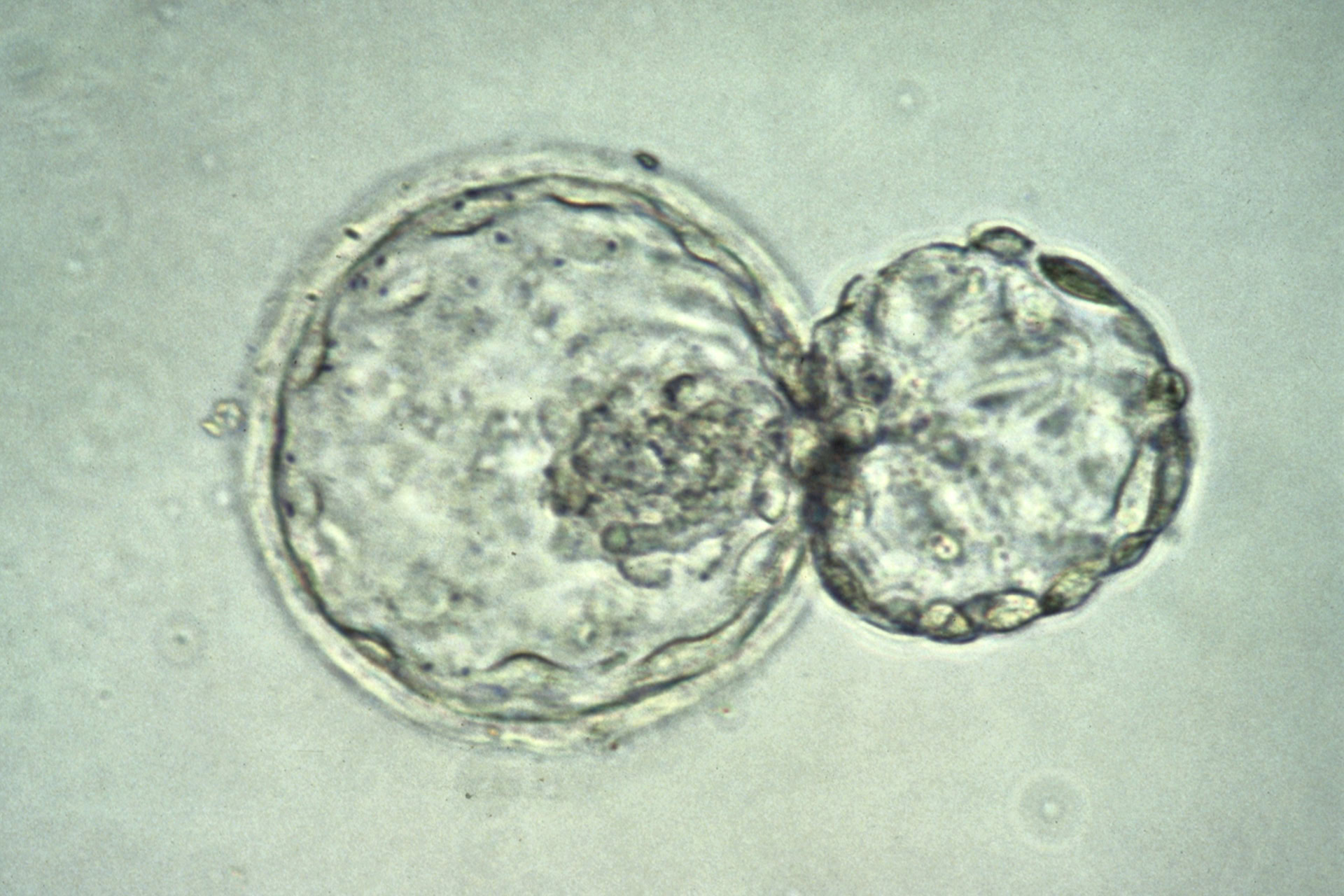An Introduction to Stem Cells
By Dr Jess Buxton
Galton Institute Occasional Papers, 2009
Free to those who attend PET events
With modern day medico-scientific technology advancing at an incredible pace, it is very easy for the layperson to become caught up in the technical language used by scientists and academics in their specialist field. Often, out of a lack of expertise, even the media misrepresent information, particularly in relation to research involving stem cells. Amidst the quagmire of text regarding stem cells and their use comes Jess Buxton's illuminating occasional paper An Introduction to Stem Cells. It is as simple as it is useful - written plainly and succinctly, the paper tracks the science of stem cell technology (from stem cell types to reproductive cloning), their future potential (in particular for the treatment of Type I diabetes and Parkinson's disease), through to the ethical concerns surrounding their use in the pursuit of medical advancement, as well as their regulation.
Buxton's enquiry starts with a look at the so-called 'holy grail' of stem cell research - the pursuit of cell therapies that have the ability to replace any type of tissue within the human body. She explains the different types of potency possessed by stem cells at differing stages of their development and how they can be manipulated to recreate their early developmental stage, and therefore increase their utility. The work carried out by scientists in the field of human embryonic stem cells (ES cells), adult stem cells and cell lines is highlighted, and the excitement over the discovery of induced pluripotent stem cells (iPS - cells that have the ability to mimic the properties of ES cells, but do not raise the same ethical implications associated with the destruction of human life - is discussed. The paper supplies photographs and flow diagrams of cell creation and development, including early human embryo development, and its visual imagery provides a powerful and helpful photographic insight into cell formation under a microscope.
The section dedicated to therapeutic cloning unravels the process of SCNT (somatic cell nuclear transfer) and provides a discussion of the work carried out in the mid 1950s by US scientists, Briggs and King, and later developed by UK scientist, John Gurdon. Buxton sets the scene by describing Gurdon's research in which he created adult cloned frogs, a technique that became the blueprint for later research at the Roslin Institute, Scotland, and the creation of 'Dolly' the cloned sheep in 1996. This became the backdrop for the infamous and unethical experiments carried out in South Korea, led by scientist, Woo Suk Hwang, when in 2004 he fraudulently claimed to have used therapeutic cloning techniques to create 'tailor-made' cells lines from individual patients. Buxton's careful use of historical background illustrates the complexities involved in stem cell research and the need for transparency of information regarding experimentation and their outcomes.
The paper briefly describes the use of stem cells from bone marrow - the traditional form of treatment for blood disorders and cancers - and how they may be usurped by the use of stem cells collected from the umbilical cord blood of newborn babies. The emergence of cord blood banks worldwide, both public and private, is traced and although the author highlights the fact that private banks 'charge parents a few hundred pounds to store cord blood', it may in fact be said that this can amount to considerably more, with the cost typically being in the region of £1,500 for a 20-year storage term.
The paper concludes with a detailed discussion of the regulation of ES cell research worldwide, but with a particular emphasis on the successful passage of the Human Fertilisation and Embryology (HFE) Act 2008 in the United Kingdom and the significance of newly elected president Barack Obama's policy change in the United States with regard to the use of ES cells, which culminated in the signing of an executive order to legalise the use of federal funding for research into human ES cell lines in March 2009.
The author states that her aim is to distinguish between the hope and the hype that surrounds stem cell use - something that as a reader I believe has been successfully achieved. With its clear explanation of the salient issues with regard to stem cell development and technology, accompanying appendix and glossary of terms, this paper would appeal to anyone with an interest in stem cells, and their current and potential future application.
An Introduction to Stem Cells is available for free to attendees at events organised by the Progress Educational Trust (PET), and is also is available for free to Friends of PET. Email Sandy Starr at sstarr@progress.org.uk for details.




Leave a Reply
You must be logged in to post a comment.